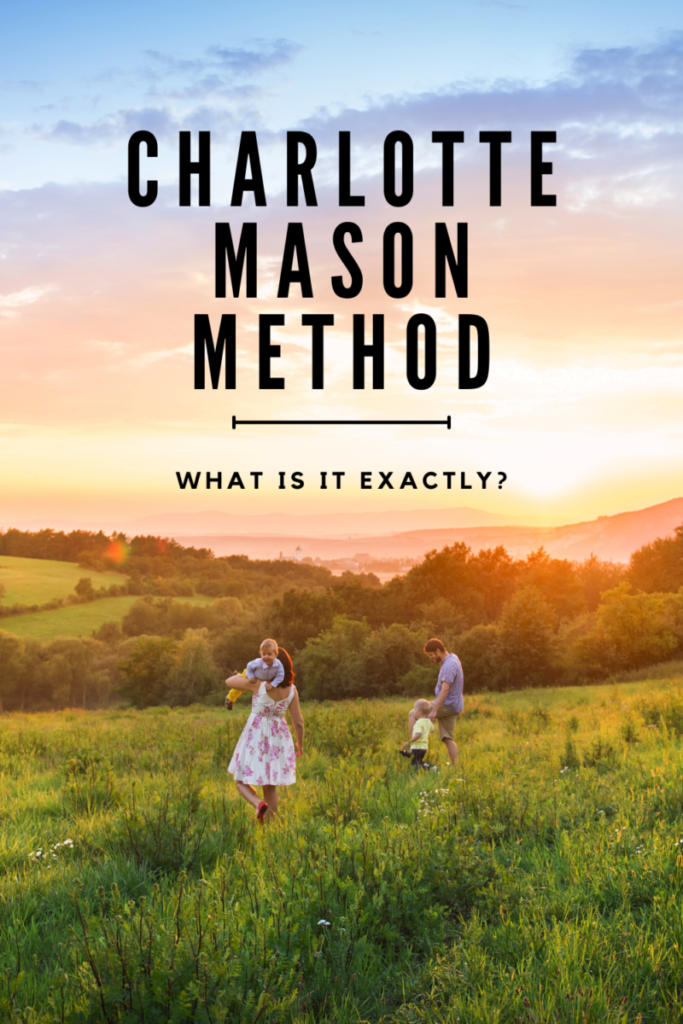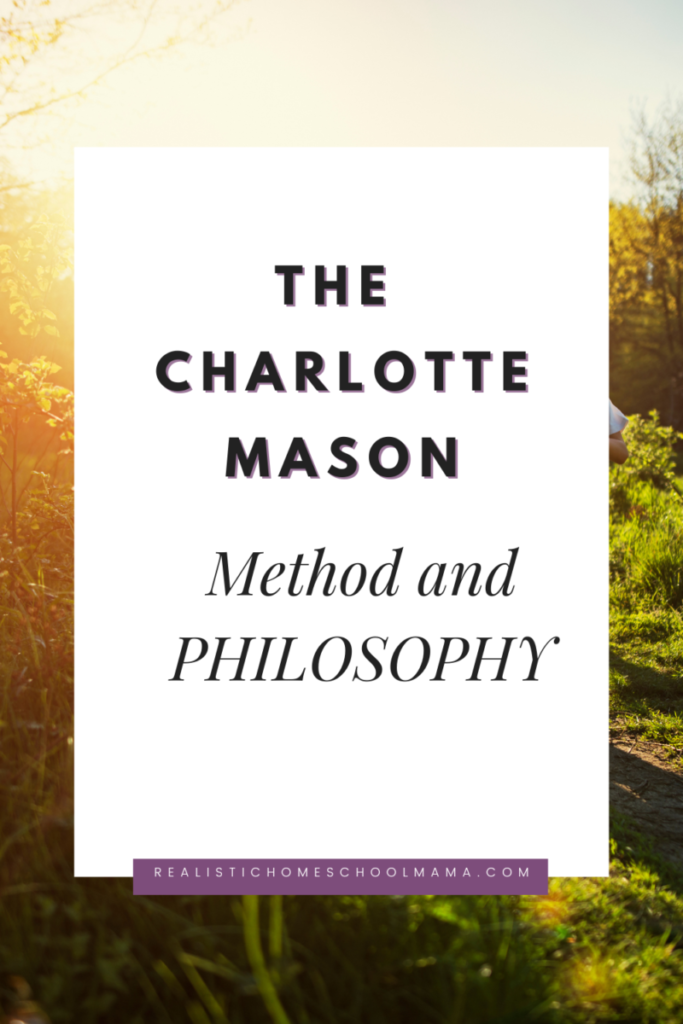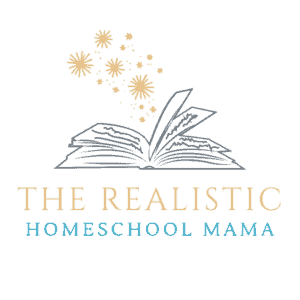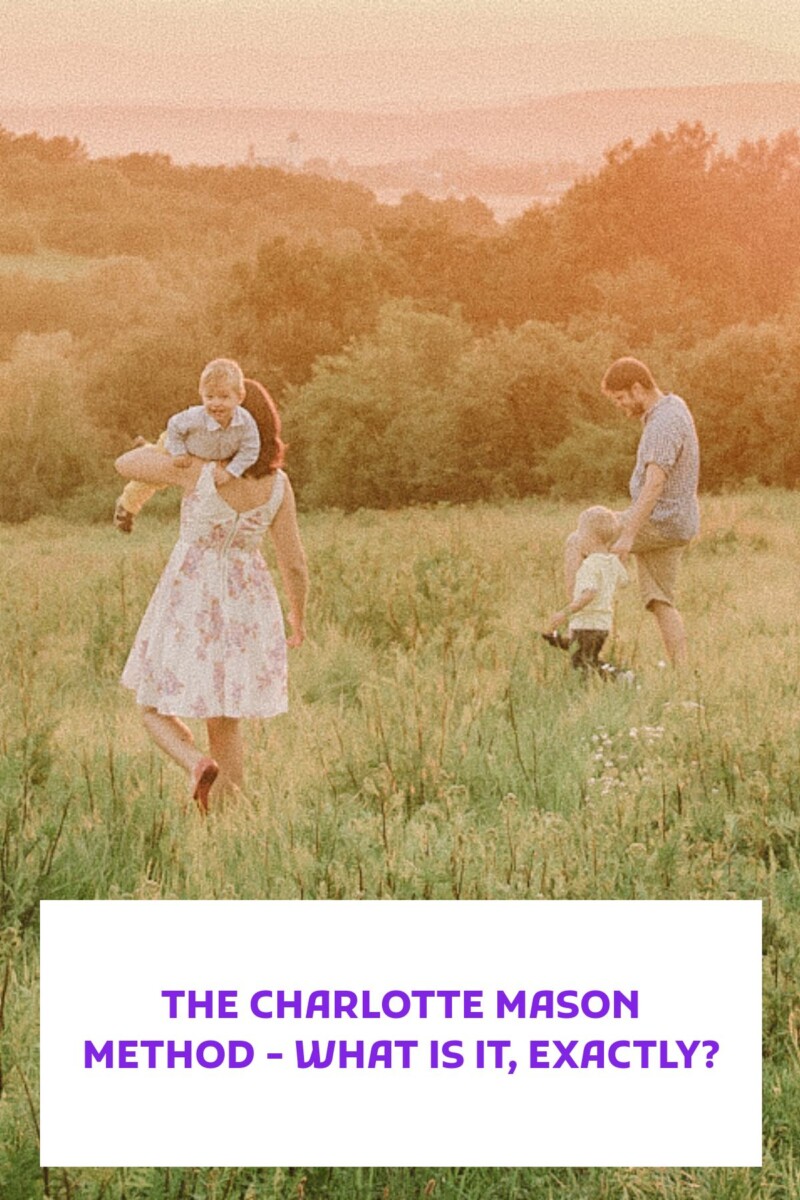Over the years, I’ve explored many different homeschool methods and philosophies. While there are definitely benefits to many, I have especially fallen in love with the Charlotte Mason method of homeschooling. If you haven’t explored the Charlotte Mason philosophy, I encourage you to look into it, as I believe you will be pleasantly surprised.
The Charlotte Mason method is a holistic approach to education that emphasizes the importance of nature, art, and literature in the learning process. This method was developed in the late 19th century by English educator Charlotte Mason and has been gaining popularity in recent years.
I’ll try to cover what I view to be the most important components of a Charlotte Mason education in this post, and will continue to add additional details in future posts!
Who is Charlotte Mason?
If you’re interested in educational reform, then you’ve probably heard of Charlotte Mason. But who was she, and what was her background?
Charlotte Mason was a British educator who lived in the late 19th and early 20th centuries. She was a strong advocate for educational reform, and her ideas have influenced many modern homeschooling approaches.
Mason was born in 1842 into a wealthy family. She was well-educated, and she traveled extensively in Europe and the Middle East. After spending time working as a governess, she eventually founded her own school in 1892.
Mason’s educational philosophy was based on the belief that children should be allowed to develop naturally, and that they should be exposed to a rich variety of experiences. She believed in using living books, rather than dry textbooks, and in giving children plenty of time to explore the world around them.
Mason’s ideas were ahead of her time, and she was often criticized by her contemporaries. But her work has inspired many modern educators, and her legacy continues to influence homeschooling and education reform today.
Parents and teachers should know how to make sensible use of a child’s circumstances (atmosphere) to forward their sound education; should train them in the discipline of habits of the good life; and should nourish their life with ideas, the food upon which personality waxes strong.
Charlotte Mason
What is the Charlotte Mason Approach?
The Charlotte Mason approach is a philosophy of education that emphasizes the importance of cultivating the whole child – mind, body, and spirit. It is based on the belief that children are born with innate abilities and that it is the role of educators to foster and encourage these abilities.
The Charlotte Mason approach is based on the following principles:
- Children are born persons with their own unique personalities and gifts.
- Education should be about more than just acquiring facts. It should be about developing a love for learning.
- Education should be about developing good habits. (to read more about the Charlotte Mason Habits, check out my post What are the Charlotte Mason Habits About?
- Education should be based on real-life experiences.
- Education should be fun!
“The child brings with him into the world, not character, but disposition. He has tendencies which may need only to be strengthened, or, again, to be diverted or even repressed. His character — the efflorescence of the man wherein the fruit of his life is a-preparing — is original disposition, modified, directed, expanded by education; by circumstances; later, by self-control and self-culture; above all, by the supreme agency of the Holy Ghost, even where that agency is little suspected, and as little solicited.”
Charlotte Mason

The Charlotte Mason Homeschooling is oftentimes compared to Unschooling. While these two methods do share some similarities, they are also very different. If you would like to learn more about the Unschooling Method, check this post out: How Does Unschooling Work? (it’s not what you think!)
Benefits of a Charlotte Mason Education
There are many benefits of a Charlotte Mason education, but here are just a few:
- A Charlotte Mason education encourages children to be creative and to think outside the box.
- This type of education fosters a love of learning in children. They are given the opportunity to explore their interests and to develop a thirst for knowledge.
- Charlotte Mason education places an emphasis on the arts and on nature. This allows children to appreciate the beauty around them and to develop their own creativity.
- This educational approach also develops character. Children learn to be independent thinkers and to take responsibility for their own learning.
A Three Pronged Philosophy
“Education is an Atmosphere, a Discipline, a Life.”
Charlotte Mason
An Atmosphere, A Discipline, A Life.
For Charlotte Mason, these three things were of utmost importance when it came to raising children. She believed that children should be exposed to a rich and stimulating environment, given plenty of opportunity for self-discipline, and taught to live a full and meaningful life.
Atmosphere – Mason was a big advocate for providing children with an atmosphere that was both intellectually and emotionally rich. She believed that children should be exposed to beautiful art, music, and nature, and that they should be given plenty of time to explore and play. She also thought that children should be kept away from anything that would “dumb them down”, such as violent games or meaningless entertainment.
Discipline – Mason believed that self-discipline was crucial for children. She thought that they should be taught to control their own behavior, and that they should be given regular opportunities to practice self-regulation. Mason believed that children who were self-disciplined would be more likely to succeed in life.
Life – Finally, Mason thought that children should be taught to live a full and meaningful life. She believed that they should be given opportunities to learn about different aspects of the world, and that they should be encouraged to pursue their passions. Mason believed that children should be taught to think for themselves and to make their own decisions.
Charlotte Mason’s ideas about child-rearing are still relevant today. In a world where children are often bombarded with violence, meaningless entertainment, and pressure to succeed, Mason’s ideas provide a much-needed breath of fresh air.
What Curriculum do you use for Charlotte Mason Homeschooling?
While there are many different ways to homeschool using the Charlotte Mason method, there are certain curriculum staples that are essential.
One of the most important things in a Charlotte Mason homeschool is a robust library. A Charlotte Mason education is based on the idea of using living books, which are books that are well-written and engaging. They should be easy for the child to understand and follow, and they should be interesting enough to hold the child’s attention.
While there are many different ways to find living books, one of the best ways is to use a living books library. This can be an online resource, or a physical library that you have access to.
Another essential element of a Charlotte Mason education is nature study. This is the practice of spending time observing and learning about the natural world. Nature study can be as simple as spending time in your backyard, or as complex as going on hikes and learning about different ecosystems. No matter how you approach it, nature study is an important part of a Charlotte Mason education.
Finally, the arts are also an important part of a Charlotte Mason education. While many people think of the arts as music and painting, they can also include things like woodworking, gardening, and cooking. The arts are a great way to help children develop creative thinking and problem-solving skills.
Living Books
One of the hallmarks of a Charlotte Mason education is the use of living books. Living books are books that are written in a way that engages the reader and brings the story to life. They are the opposite of dry, boring textbooks that just provide facts and information.
Charlotte Mason believed that living books are essential for a well-rounded education. They provide exposure to great literature, introduce new ideas, and foster a love of learning. When used properly, living books can be a powerful tool for teaching and learning.
“The most common and the monstrous defect in the education of the day is that children fail to acquire the habit of reading.”
― Charlotte Mason
If your little ones are still learning to read, you may also find my post about learning to read without using a curriculum helpful! You can check it out here

What the Charlotte Mason Method is NOT
There is a lot of misinformation out there about the Charlotte Mason Method. Some people think that it is a strict, rigid method of education that leaves no room for creativity or fun. Others think that it is outdated and no longer relevant.
Neither of these things is true!
The Charlotte Mason Method is actually a very flexible and individualized approach to education. It is based on the belief that children are natural learners and that they should be given plenty of opportunities to explore and discover the world around them.
There is no one right way to do the Charlotte Mason Method. It can be adapted to fit the needs of any child, and it can be used in conjunction with other methods of education.
“The question is not, — how much does the youth know? when he has finished his education — but how much does he care? and about how many orders of things does he care? In fact, how large is the room in which he finds his feet set? and, therefore, how full is the life he has before him?”
― Charlotte Mason, School Education: Developing A Curriculum
The most important thing to remember is that the Charlotte Mason Method is NOT a set of rules that must be followed rigidly. It is a flexible approach that can be customized to fit the needs of any child.
Here are a few things the Charlotte Mason method is NOT:
1. It’s not a “one size fits all” approach.
Each child is different, and the Charlotte Mason method recognizes that. There is no “one size fits all” curriculum or approach. Instead, Mason believed that each child should be educated according to his or her own individual needs and interests.
2. It’s not about using living books exclusively.
The Charlotte Mason method does place a strong emphasis on living books, but that’s not the only type of books used. In fact, a variety of different types of books are used in a Charlotte Mason education, including classic literature, fairy tales, biographies, and more.
3. It’s not a classical education.
While the Charlotte Mason method does incorporate some classical elements, it’s not a classical education. Classical education tends to be more formal and structured, while the Charlotte Mason method is more flexible and creative. *Be sure to read my post about the difference in a classical education and a Charlotte Mason education HERE.
4. It’s not just about nature studies.
Nature studies are an important part of a Charlotte Mason education, but they’re not the only thing. A Charlotte Mason education is also about developing aof learning, creativity, and imagination..
So, what do you think?
The Charlotte Mason method of homeschooling is a great option for parents who want to give their children a well-rounded education. It emphasizes natural learning, and allows children to learn at their own pace. Are you going to give it a try?
Recent Posts
The freedom to educate our own children in the whatever method we see best suited to their needs is a freedom I do not take lightly, and am eternally grateful for. SO much is available to us, and...
There are a LOT of things about the Charlotte Mason method of homeschooling that appeal to me. However, the theory of intentionally developing good habits in your children is one that I admittedly...




